The Stork Mascot Of Hispano-Suiza: The Story Of How It Came About
Images: Artcurial, Julie Bazin, Jean-François Ruchaud Archives, Gautam Sen Archives
At the dawn of the 20th century, Marc Birkigt, a young Swiss engineer, left for Spain to develop an electric tramway; a project that would remain on paper only. Birkigt next turned to the manufacture of motor cars, following a meeting with a Spanish financier, Damian Mateu. As it was a Spanish-Swiss collaboration, the automobile company that the two founded in 1904 was named Hispano-Suiza.
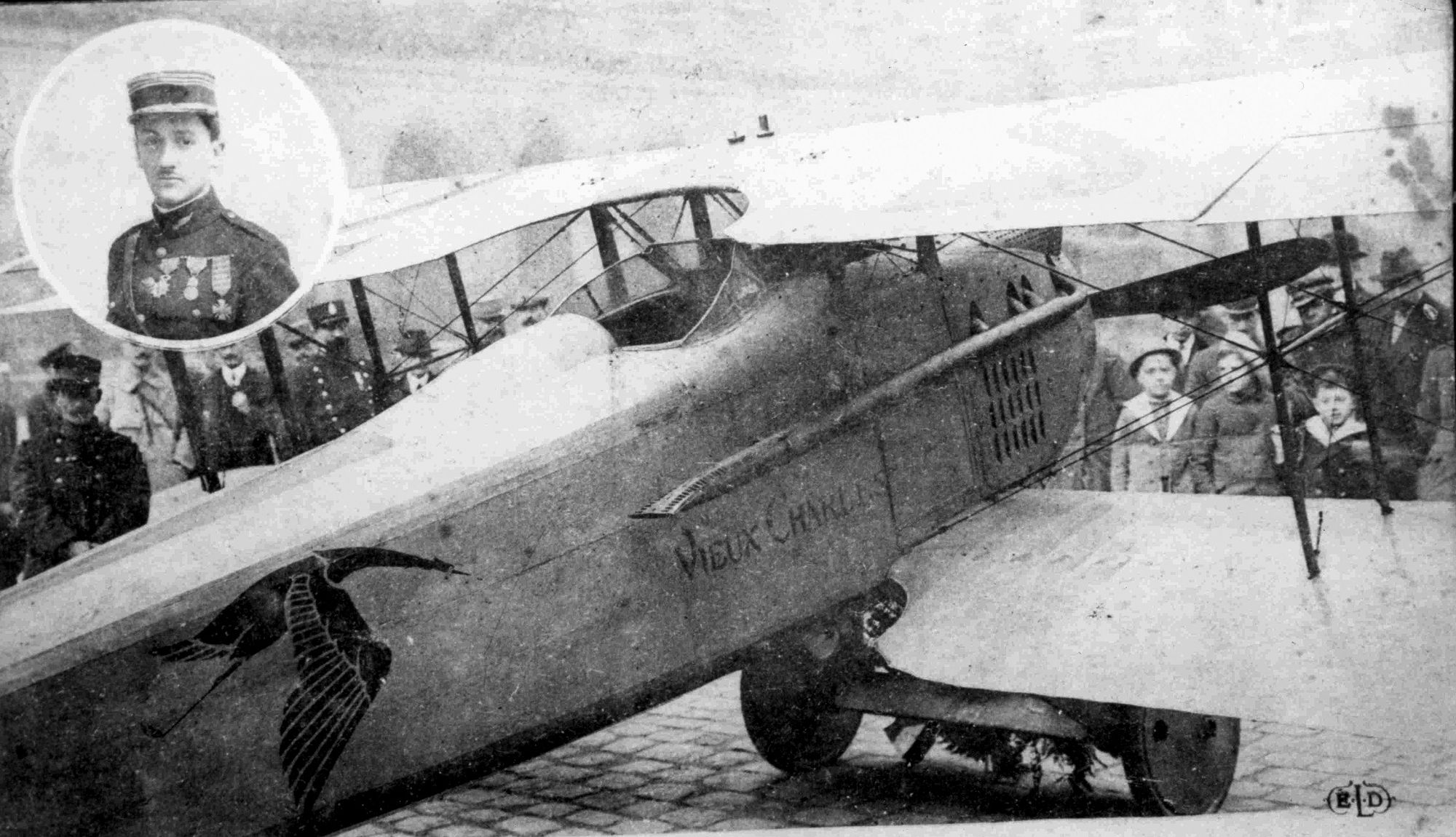
The excellent build quality of the new models from Hispano-Suiza soon gave the carmaker a reputation that extended well beyond Spain. Moreover, with the support of the King of Spain, Birkigt's cars began to successfully campaign in the world of motorsport.
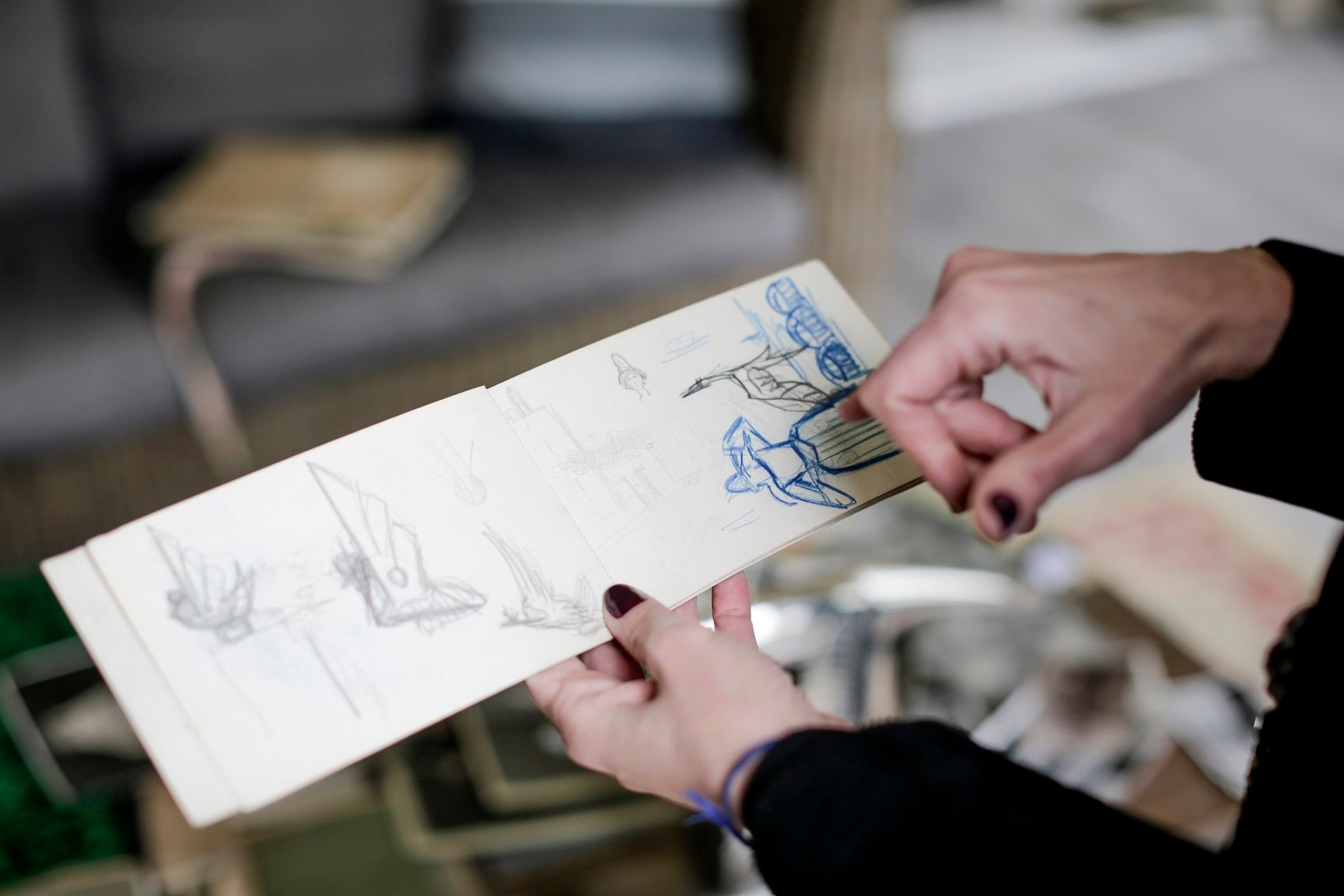
To meet French and European demand, Marc Birkigt set up a factory in France in 1911. During the war, Birkigt returned to Spain, where he designed an aircraft engine for the French air force. From 1917, Hispano-Suiza powered aircrafts (Spads, Nieuports, Sopwith Dolphins, and many others) would prove to be powerful, reliable, and efficient, helping attain French air supremacy over the Germans.
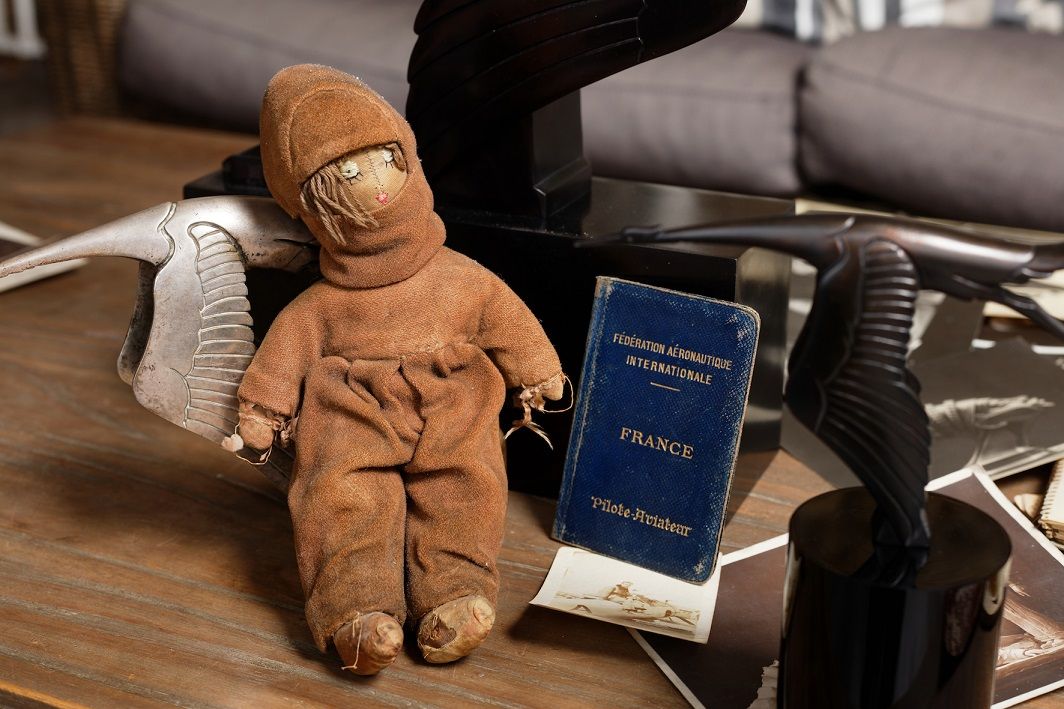
Hispano-Suiza engines also went on to power the aircrafts of the ‘escadrille de Cigognes’ or stork squadron, which included the famous aviator Georges Guynemer. The Cigognes squadron, with several of the aces flying with them, became famous after Georges Guynemer had a stork (the symbol of Alsace, from where he originated) painted on the fuselage of his Nieuport plane. When the latter died, after scoring his 54th dogfight victory, Guynemer and Cigognes squadron’s stork became the emblem of Hispano-Suiza.
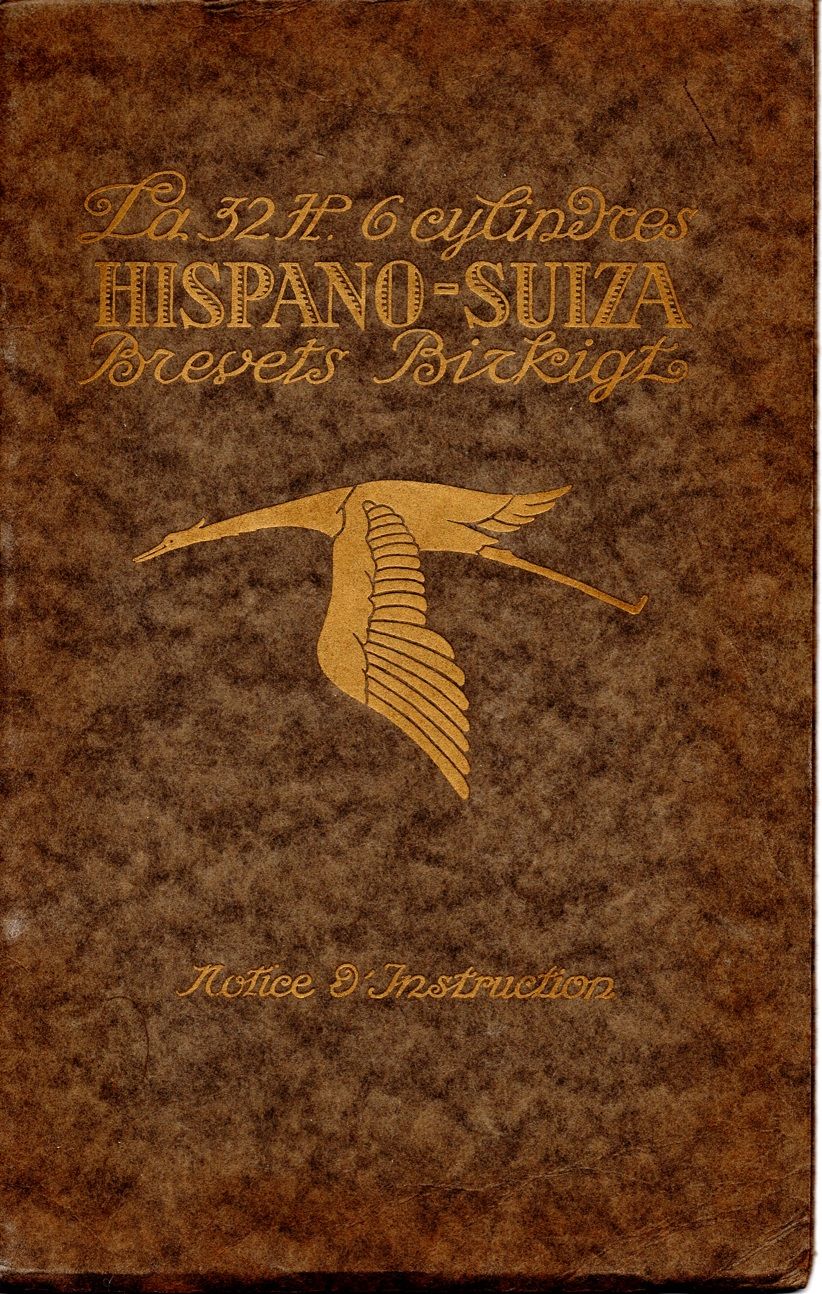
After the end of the Great War, when civilian automobile production recommenced, Birkigt launched the Hispano-Suiza H6 at the Paris Salon in October 1919, the first motor show from the post-war period. The very advanced (for its time) in-line six-cylinder engine featured overhead camshafts, and with a displacement of 6597cc, developed 135bhp, giving the car a top speed of 130 km/h, which was most impressive for its time. Production began in 1919 and lasted until 1931, with just 2,151 Hispano-Suiza H6s ever produced.
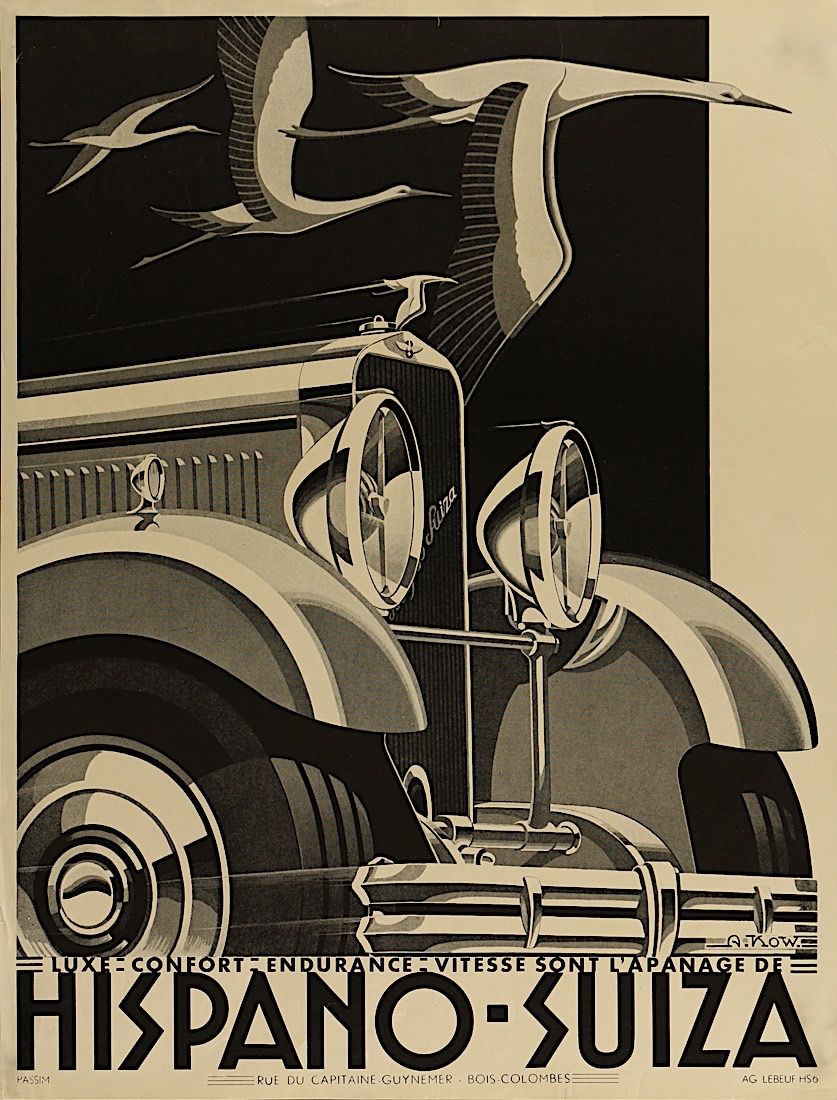
Not only were Hispano-Suizas more technologically advanced (than Rolls-Royce, for instance, who used the former’s braking technology under license) than the competition, they were also exquisitely crafted by some of the finest coachbuilders then. Distinguishing them was a beautiful flying stork mascot atop the radiator shell, designed by a young French sculptor called François-Victor Bazin.
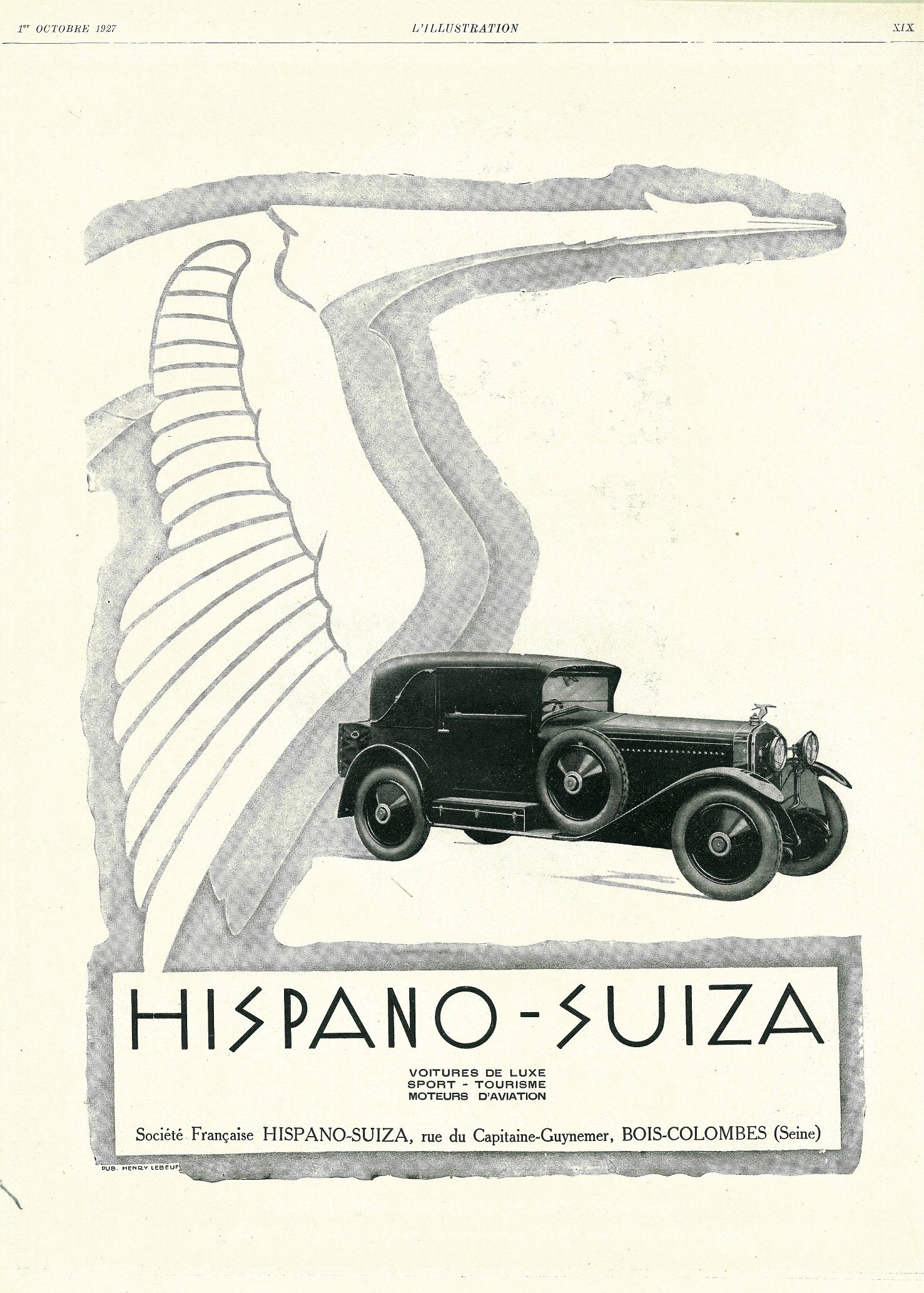
A graduate of the School of Decorative Arts and then the National School of Fine Arts in Paris, Bazin also joined the French air force’s Spa 164 CF2 fighter squadron, but passed his pilot's license only in July 1918, towards the fag end of the War. Incidentally, François Bazin met Marc Birkigt in 1918 on the battlefield, where the latter would come regularly to encourage the French pilots. In the process, Birkigt and Bazin became friends.
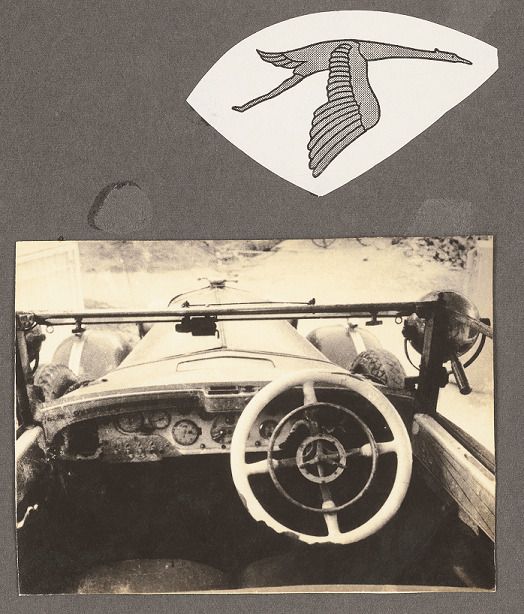
After the war, Marc Birkigt contacted François-Victor Bazin to conceive and sculpt the radiator mascot for their H6 family of cars, as well as the symbol of the company, using the flying stork motif as a tribute to Guynemer who died during the war. Bazin would go on to sculpt some of the finest of automotive mascots, including the one for Isotta Fraschini, the Triomphe, the Croisière Noire, as well as several other sheer beauties.
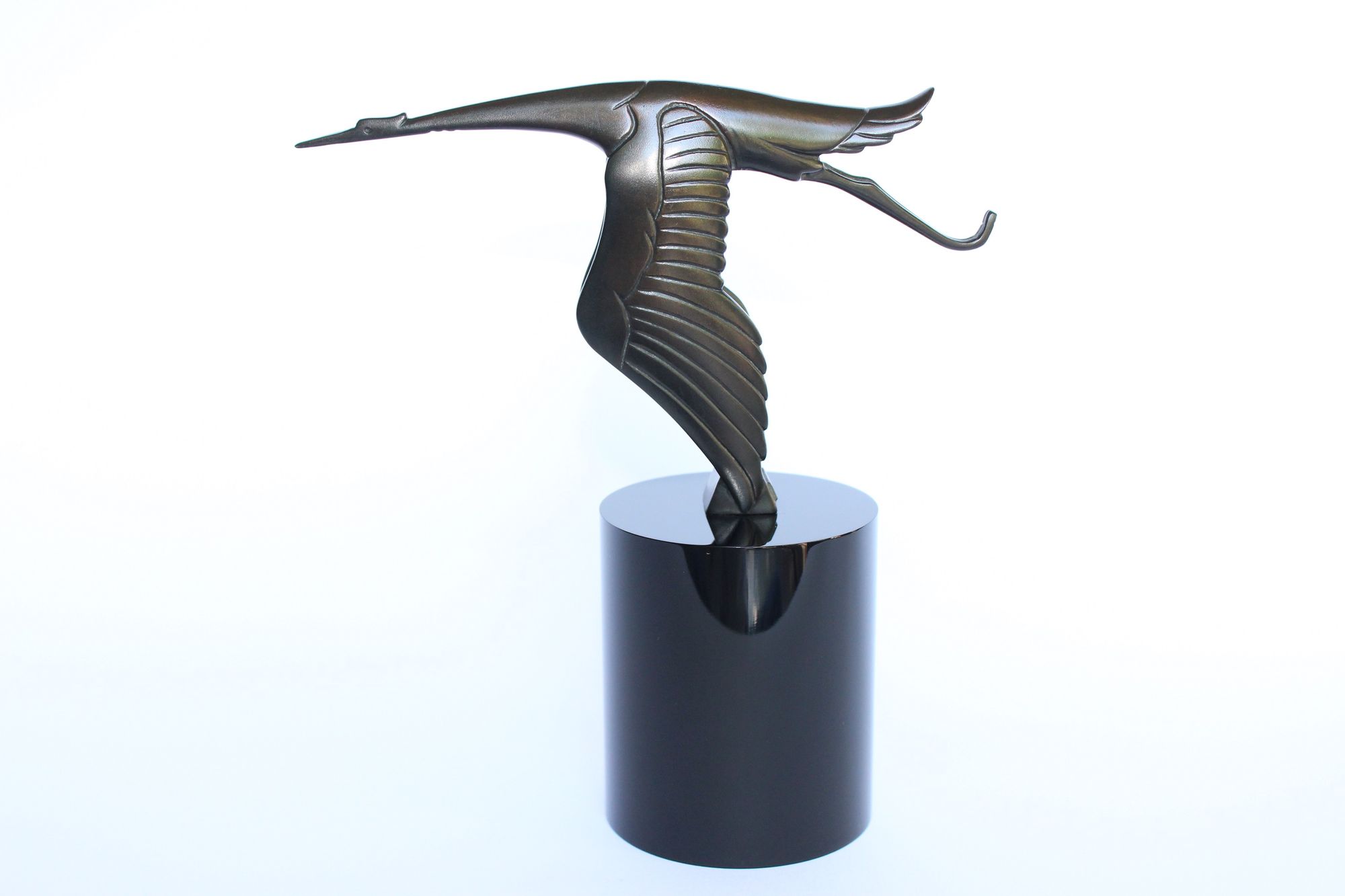
By the late 1930s, Hispano-Suiza would concentrate more and more on their more profitable aircraft engine division, with car manufacturing ceasing in 1938, at the request of the French government. Post World War II, the French Hispano-Suiza operations were taken over by the aerospace specialist Snecma in 1968, and when the latter merged with French electronics giant Sagem, a new entity Safran was established in 2005, which specialized in aircraft and rocket engines, aerospace components and defence material.
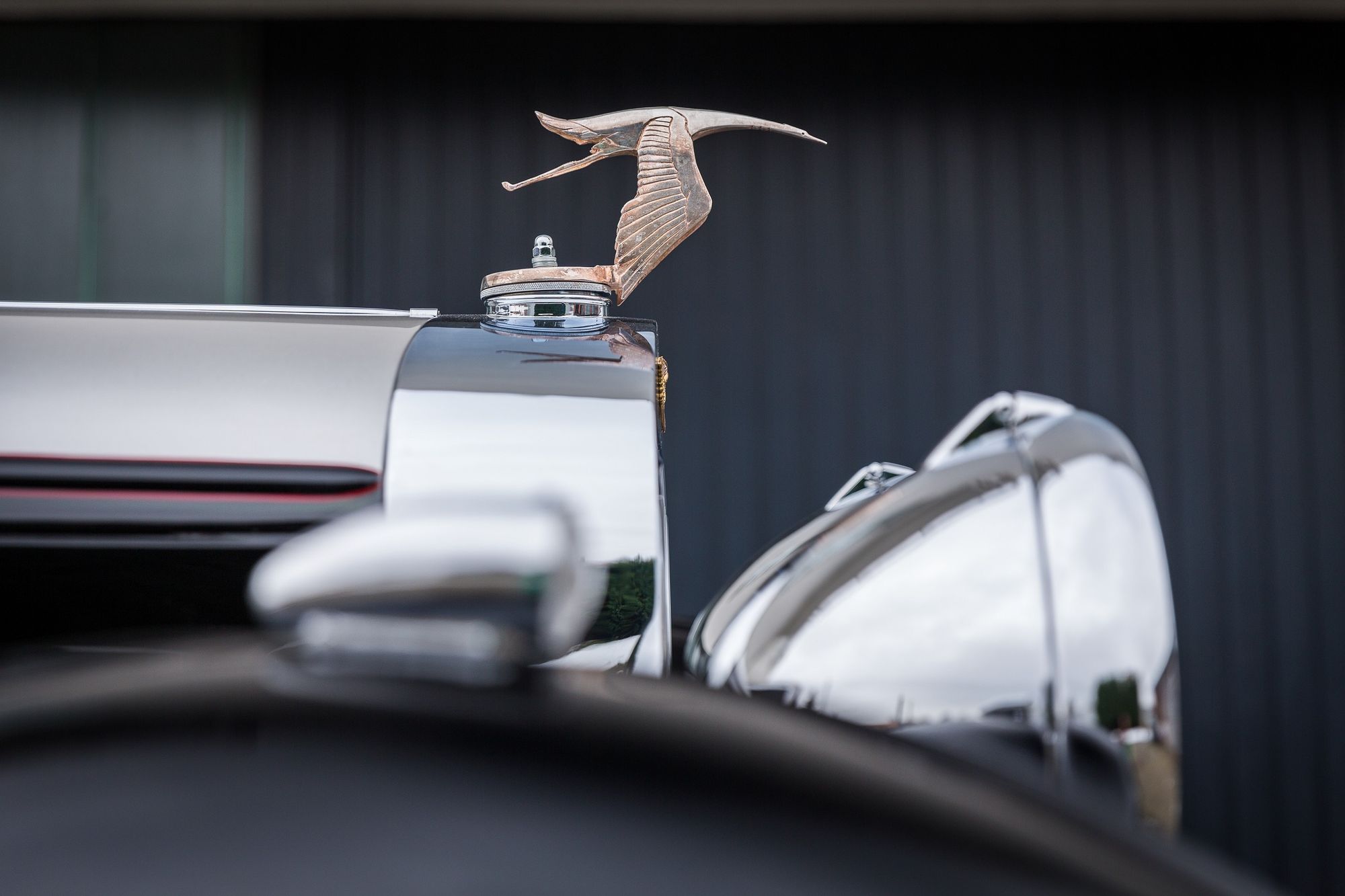
Comments
Sign in or become a deRivaz & Ives member to join the conversation.
Just enter your email below to get a log in link.
